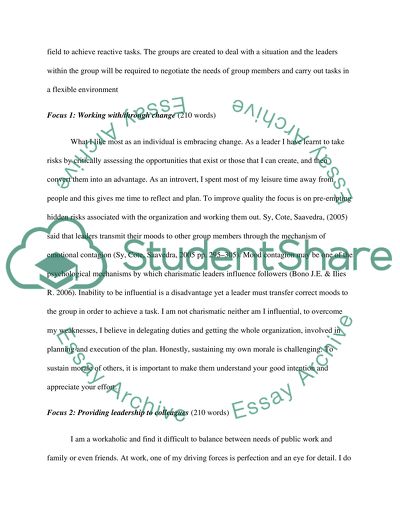Cite this document
(“Leadership in healthcare, component 1A & 1B. Elements of patients Essay”, n.d.)
Retrieved from https://studentshare.org/health-sciences-medicine/1397822-leadership-in-healthcare-component
Retrieved from https://studentshare.org/health-sciences-medicine/1397822-leadership-in-healthcare-component
(Leadership in Healthcare, Component 1A & 1B. Elements of Patients Essay)
https://studentshare.org/health-sciences-medicine/1397822-leadership-in-healthcare-component.
https://studentshare.org/health-sciences-medicine/1397822-leadership-in-healthcare-component.
“Leadership in Healthcare, Component 1A & 1B. Elements of Patients Essay”, n.d. https://studentshare.org/health-sciences-medicine/1397822-leadership-in-healthcare-component.


